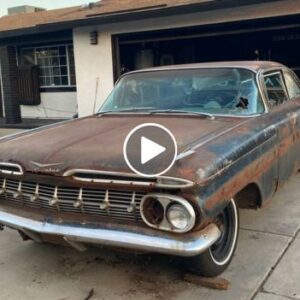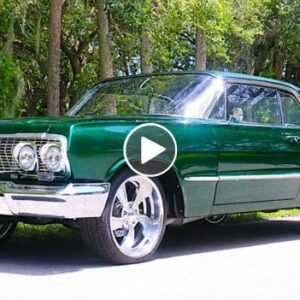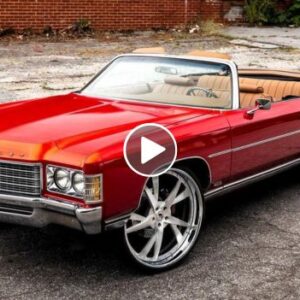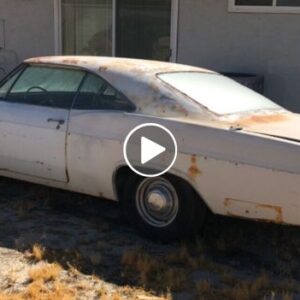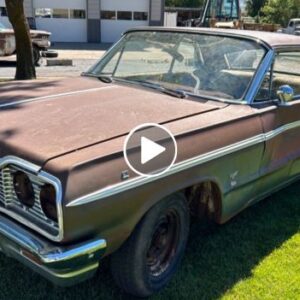The Volvo P1800 was a thing of beauty that featured a 2+2, front-engine, rear-drive sports configuration. It was manufactured by Volvo Cars between 1961 and 1973. Originally a coupe version, it was later offered in what the British refer to as a ‘shooting-brake’ – or station wagon – configuration as production neared an end in 1972–1973.
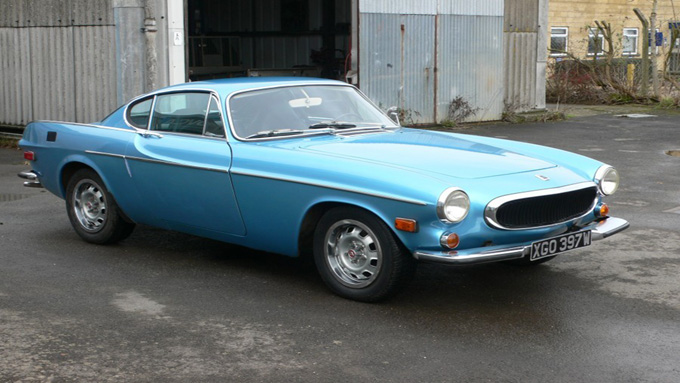
Volvo sold just over 39,000 P1800 coupes and approximately 8,000 1800ES wagon versions of the model from 1961 through 1973.
But it was the styling by Swedish Olympian, sailor and yacht designer Pelle Petterson that made the P1800 such a delightful thing to behold. Petterson worked under Italian designer Pietro Frua, and the mechanicals for the car were largely derived from the Volvo 122 series.

Petterson originally studied design at the Pratt Institute in New York from 1955 through 1957 and penned the styling of the Maxi brand of sailing boats. Those lovely ships are still amongst the most common sailing boats in Swedish waters.
Marketed as a touring car rather than a sports car, the P1800 reached the masses largely on the strength of its starring role in the British television series The Saint, which aired from 1962 to 1969.
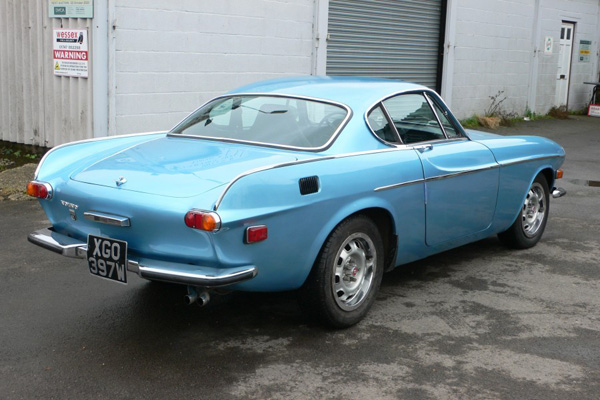
And they were, aside from being lovely to behold, hardy machines as well. In 1998 a P1800 owned by Irv Gordon was certified as the “highest mileage private vehicle driven by the original owner in non-commercial service.” It covered an astonishing 3.25 million miles (over 5.23 million km) before Gordon’s death in 2018.
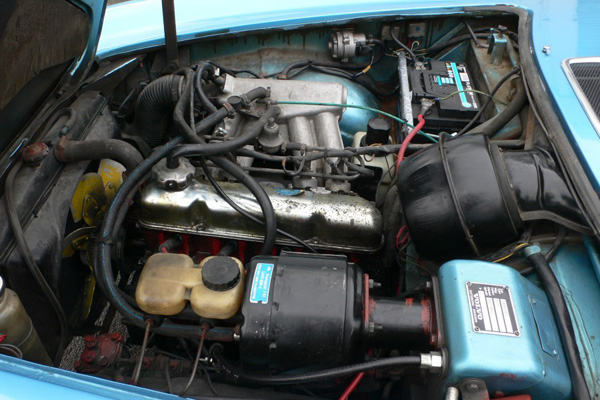
The one we have here was purchased by its current owner when he worked in Paris in 1971. On a business trip to London, he passed the London Volvo Showroom. In need of a vehicle after crashing his motorcycle in Paris he found the ideal replacement in the 1972 Volvo P1800E.
This Volvo fit the bill in a number of ways as it was stylish and included features such as the fuel-injected engine, electric overdrive and leather seats which helped the car – and potentially the owner – cut a rakish profile. This version is a U.S. spec model featuring left-hand drive and required safety features such as 3-point seatbelts and air intake filters.
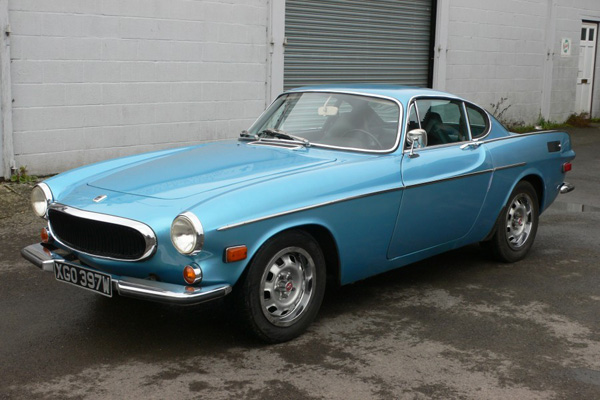
Should you decide it’s a must-have vehicle, the sale will come with all the original purchase records which include the ‘Volvo Importer’s and Manufacturer’s Statement of Origin’, repair and maintenance invoices and the Paris license plate.
You can bid on this piece of automotive history at the Dorset Vintage & Classic Auctions site, and you can expect to pay somewhere in the vicinity of £21,000 – 23,000 (29,000-31,000 USD) for it.
